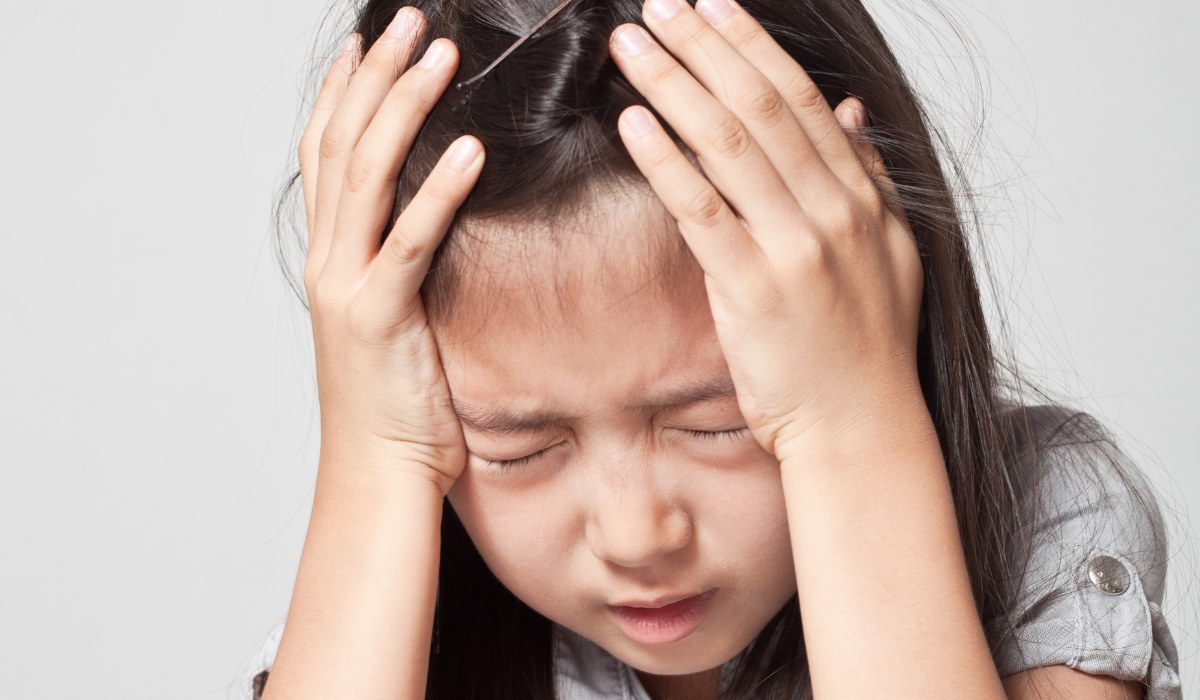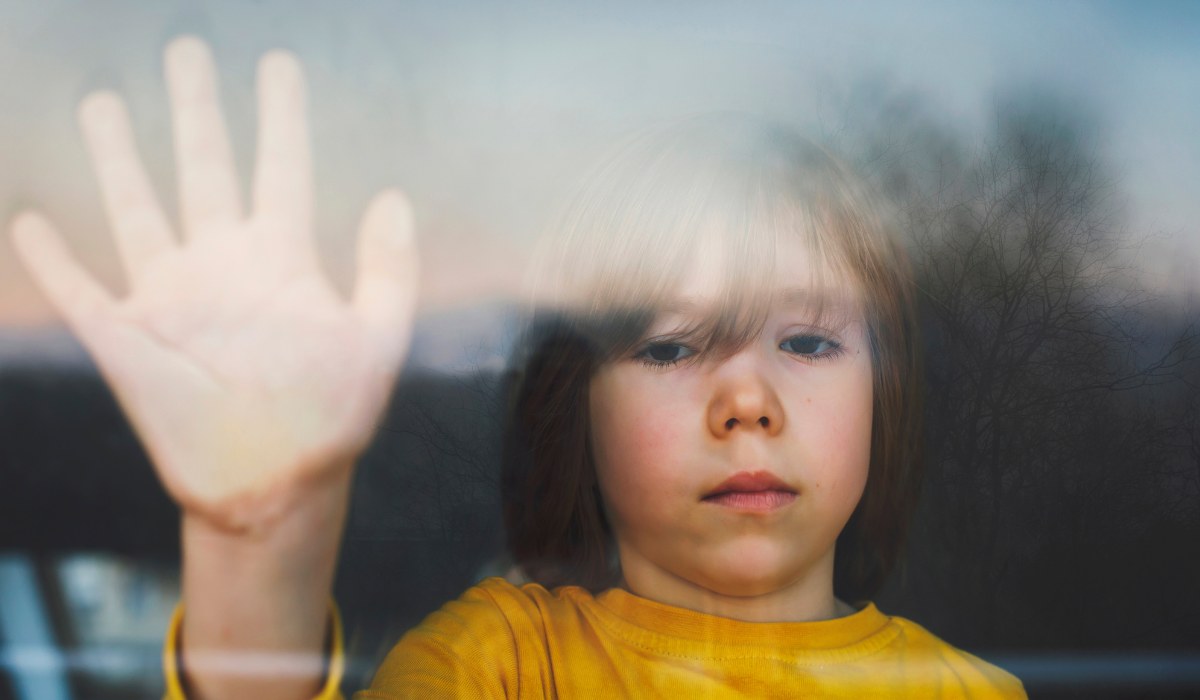Can Autism and Bipolar Overlap? Find Out Here!
Discover if autism and bipolar can overlap, signs to watch for, and strategies to support mental health for children and teens effectively.


Key Points:
- Autism and bipolar disorder can share overlapping traits like mood shifts and emotional dysregulation, but they stem from different causes.
- Understanding the subtle differences helps parents and professionals provide accurate diagnoses and effective support.
- With early intervention and structured therapy, such as ABA, children can better manage emotional and behavioral challenges.
When a child or teen shows intense mood swings, emotional outbursts, or unusual energy patterns, it can leave parents wondering—is this autism, bipolar disorder, or both? While these two conditions can look similar on the surface, their root causes and treatment approaches differ. However, overlap can occur, and understanding that intersection is key to supporting your child effectively.
Below, we’ll unpack what makes autism and bipolar disorder distinct, where they overlap, and how to help children manage both emotional regulation and daily functioning.
Can Autism and Bipolar Disorder Overlap?
Yes, they can. Research suggests that individuals with autism are at higher risk of developing mood disorders, including bipolar disorder, compared to the general population. Studies indicate that up to 10% of individuals on the autism spectrum may also meet the criteria for bipolar disorder at some point in their lives.
However, diagnosing both in the same child is not simple. Autism can mask bipolar symptoms—or vice versa—because both conditions can involve emotional intensity, social withdrawal, and repetitive or impulsive behaviors.
That’s why a thorough assessment by clinicians experienced with both autism and mood disorders is essential. Without that, children might receive an inaccurate diagnosis or inappropriate treatment plan.
Understanding Autism and Bipolar Disorder
Autism spectrum disorder (ASD) is a neurodevelopmental condition that affects social communication, sensory processing, and behavior patterns. Children with autism often experience differences in how they perceive and respond to the world.
Bipolar disorder, on the other hand, is a mood disorder characterized by alternating episodes of mania (high energy, impulsivity, euphoria) and depression (low energy, sadness, withdrawal). While autism typically appears in early childhood, bipolar disorder often emerges during adolescence or later.
What makes things complicated is that both conditions can involve strong emotions, difficulty with regulation, and changes in behavior—leading some to misinterpret one for the other.
Shared Symptoms: Where Autism and Bipolar Overlap
At first glance, autism and bipolar disorder can seem to overlap in many ways. Both may involve mood instability, challenges with impulse control, and unpredictable behavior. But these similarities come from different causes. Understanding the distinctions can help parents and therapists support children more effectively.
Common overlapping traits:
- Emotional outbursts or “meltdowns”: In autism, meltdowns are often triggered by sensory overload or changes in routine. In bipolar disorder, they usually arise from mood shifts tied to manic or depressive episodes.
- Rapid speech and pacing: During manic phases, children with bipolar disorder may talk excessively or seem unable to slow down. Some children with autism also show fast or repetitive speech, but this often comes from communication challenges, not elevated mood.
- Sleep disturbances: Insomnia or irregular sleep patterns are common in both conditions. For autistic children, this can be linked to sensory sensitivities or anxiety. For bipolar individuals, it’s often tied to mood cycling.
- Irritability and aggression: Both can lead to frustration-based aggression—but the root cause differs. In autism, it’s usually triggered by unmet needs or overwhelm; in bipolar disorder, it’s tied to emotional highs or lows.
Recognizing these subtle differences helps prevent misdiagnosis—and guides families toward more effective strategies for care.
How Professionals Differentiate Between Autism and Bipolar Disorder
Because of overlapping behaviors, it’s crucial to look at patterns, triggers, and timelines. Here’s how clinicians typically differentiate between the two:
- Onset and developmental history: Autism symptoms typically appear by age two or three. Bipolar disorder often appears later—during adolescence or early adulthood.
- Mood pattern: Bipolar disorder shows cyclical mood changes lasting days or weeks. In autism, mood shifts are often situational, linked to sensory triggers or stress.
- Social behavior differences: Children with autism may have consistent social communication challenges, while those with bipolar disorder generally maintain social interest but are affected by energy or mood levels.
- Response to treatment: Autism symptoms respond well to behavioral therapies like ABA. Bipolar disorder often requires mood-stabilizing medication and therapy focusing on emotional regulation.
Accurate diagnosis usually involves a multidisciplinary evaluation, including psychologists, psychiatrists, and behavior analysts. Parents play a vital role by sharing observations from daily life, which can reveal important context about triggers and patterns.

Signs to Watch For in Children and Teens
Spotting the signs early allows for targeted support. Parents should look for persistent patterns rather than isolated incidents.
Behavioral indicators of possible bipolar overlap:
- Extreme mood shifts: Periods of unusually high energy followed by deep sadness or withdrawal.
- Impulsivity and risk-taking: Engaging in dangerous or reckless behavior, especially if it’s a sudden change from their usual self.
- Racing thoughts or rapid talking: Speech becomes pressured, jumping from one idea to another quickly.
- Sleep changes without fatigue: Needing less sleep during energetic phases, followed by long periods of exhaustion.
- Irritability beyond typical frustration: Intense anger or agitation that seems to come out of nowhere, lasting for extended periods.
If these behaviors seem cyclical and not directly tied to sensory issues or environment, it may suggest co-occurring bipolar tendencies. Always consult a qualified mental health professional for an accurate evaluation.
How ABA Therapy Helps with Emotional Regulation
Whether or not bipolar disorder is part of the picture, emotional regulation challenges are common among children with autism. Applied Behavior Analysis (ABA) therapy can help children identify, express, and manage their emotions in healthier ways.
Here’s how ABA therapy supports children who may show overlapping traits:
- Building self-awareness: Through structured sessions, therapists teach children to recognize early signs of emotional escalation—helping them learn when to ask for help before a meltdown or outburst.
- Reinforcing positive coping strategies: Instead of punishing unwanted behavior, ABA focuses on rewarding calm, adaptive responses. This encourages long-term emotional growth.
- Creating predictable routines: Children with both autism and mood-related challenges thrive on consistency. ABA therapy provides clear structure, reducing anxiety and helping prevent emotional extremes.
- Collaborating with families: Parents learn practical strategies they can use at home to maintain progress and reduce stress for the entire household.
ABA therapy is not a cure—but it’s one of the most effective, research-backed ways to help children develop emotional control, communication skills, and confidence.
Supporting Your Child: Steps You Can Take
If your child shows signs of both autism and bipolar disorder, the path forward can feel overwhelming. But progress begins with small, steady steps.
Here’s what you can do to make a difference:
- Seek a comprehensive evaluation: Find professionals who specialize in both developmental and mood disorders. A clear diagnosis ensures your child receives the right mix of therapies and supports.
- Keep a behavior journal: Track sleep, eating habits, mood shifts, and triggers. This record can help your care team spot patterns that might otherwise go unnoticed.
- Establish a consistent daily routine: Predictability helps stabilize mood and reduce anxiety for children on the autism spectrum.
- Collaborate with school staff: Teachers and school counselors can implement accommodations and support systems that align with your child’s emotional needs.
- Focus on emotional language: Teach your child to name and describe their feelings. This builds self-awareness and helps them communicate distress before it escalates.
- Use reinforcement-based strategies: Encourage desired behaviors using rewards and praise instead of punishment—this approach aligns closely with ABA principles.
By combining these steps with professional guidance, you create a stable environment that promotes both emotional and developmental growth.

Key Takeaways for Parents
Autism and bipolar disorder can overlap—but they’re not the same. The key lies in understanding each condition’s unique patterns while addressing shared challenges, especially around emotional regulation.
A coordinated approach that includes behavior therapy, family education, and emotional support gives children the best chance to thrive.
Helping Families Find Calm and Connection
If your child experiences intense emotions, rapid mood swings, or difficulty managing stress, you don’t have to face it alone. Grateful Care ABA specializes in helping children develop balance, communication, and emotional resilience through evidence-based ABA therapy.
Our compassionate team partners with families to create individualized treatment plans that meet each child where they are—and help them reach where they want to be.
Support your child’s emotional and behavioral growth today with ABA therapy in Georgia, Indiana, Tennessee, North Carolina, Virginia, and Arizona. Contact us to start your journey toward progress and peace at home.
Apply Now
At Grateful Care ABA, we are proud to offer the best ABA therapy services in Indiana. Armed with a team of skilled Board Certified Behavior Analysts (BCBAs), we bring years of experience to the table, making us the preferred provider for ABA therapy in our community.
Understanding that every child with ASD is unique and has unique goals and objectives, our ABA therapists carefully craft personalized ABA therapy plans that are tailored to meet the specific needs of each child. Whether your child needs help with reducing maladaptive behaviors, your child needs IEP support at school, you want your child to be self-sufficient at home, or something else, we use ABA therapy to work diligently toward specific goals. Together we can make a difference in your child’s life!
Contact us today to connect with an ABA therapist and learn more about ABA therapy solutions for your child.

.jpg)
.jpg)




.jpg)
.jpg)
.jpg)

.jpg)
.jpg)
.jpg)
.jpg)
.jpg)
.jpg)
.jpg)


















































































